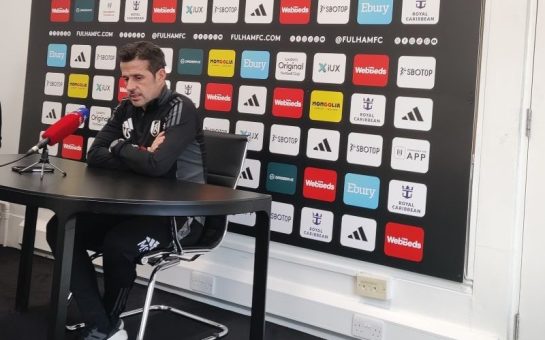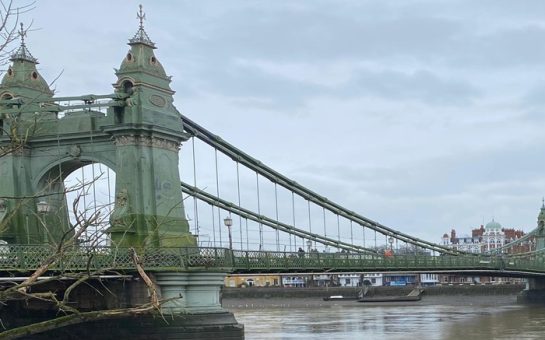Recipients are to be honoured with commemorative paving stones.

Heroic soldiers from Hammersmith and Fulham are to be recognised 100 years after the First World War.
It was announced last week that all 454 British and Irish winners of the Victoria Cross are to be honoured with commemorative paving stones in their own town as part of government plans to commemorate the centenary of the Great War.
Three of the men were Hammersmith and Fulham residents, who received the small bronze cross for ‘valour in the face of the enemy’.
Corporal Edward Dwyer, 19, was awarded the highest military decoration for climbing to the parapet of his trench to launch grenades back at the enemy, as the Germans tried to reclaim the strategic advantage point of Hill 60 near Ypres in 1915. Earlier in the day he left his trench under heavy shell fire to bandage a wounded comrade.
Dwyer was later killed in action at Guillemont on September 4, 1916 during the Battle of the Somme, the war’s bloodiest encounter in which one million soldiers were wounded or killed. His medal was presented to the Regimental Museum in 1962.
Councillor Greg Smith, Hammersmith and Fulham Council’s deputy leader, said: “This is a most fitting way to honour the immense contribution of local Victoria Cross recipients who displayed incredible bravery during the First World War. We look forward to creating a lasting memory for those who defended our nation in an hour of need.”
Another of the borough’s soldiers to be recognised is Sergeant Charles Edward Spackman, of the 1st Battalion, Border Regiment. On November 20 1917, the leading company was checked by heavy fire from a gun mounted on a position which covered the approaches.
Sergeant Spackman realised that it would be impossible for the troops to advance and went through heavy fire to the gun, where he succeeded in killing all but one of the gun crew and then captured the gun.
The third paving stone will be laid to commemorate Lance-Sergeant Palmer, who assumed command of his company when all his officers had become casualties north of Courcelette in France.
Having cut his way under point-blank fire, through wire entanglements, he dislodged an enemy machine-gun and established a “block”. He then collected some other men and held the barricade for nearly three hours against seven determined counter-attacks.
While he was fetching more bombs an eighth counter-attack was delivered, threatening the advance of the whole flank. At this critical moment, although suffering from extreme exhaustion, he rallied his men, drove back the enemy and maintained his position.
He later achieved the rank of Second Lieutenant. When his battalion was disbanded, he joined the RFC as an observer.
After the war, he went to Malaya, where he set up his own business, returning to England in 1940 and re-joining the Royal Air Force. He achieved the rank of Wing-Commander, and was mentioned in dispatches at the end of the war.
Photo courtesy of Defence Images, with thanks.
Follow us @SW_Londoner




